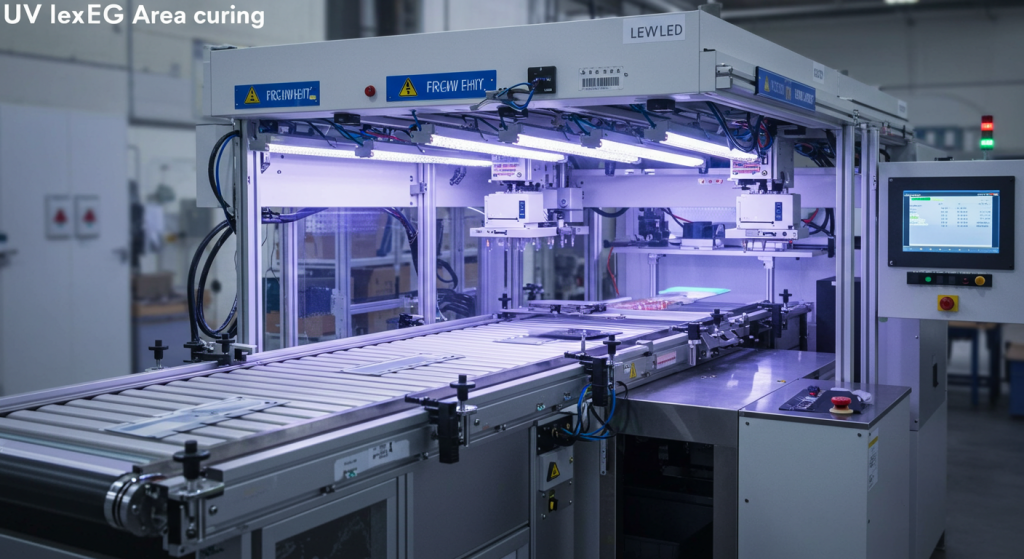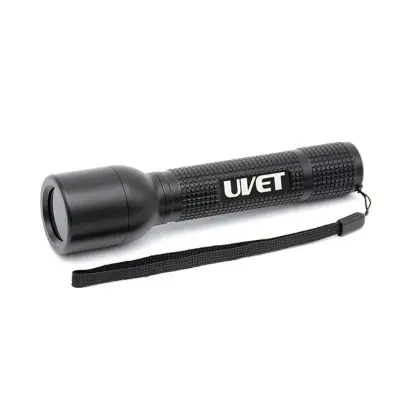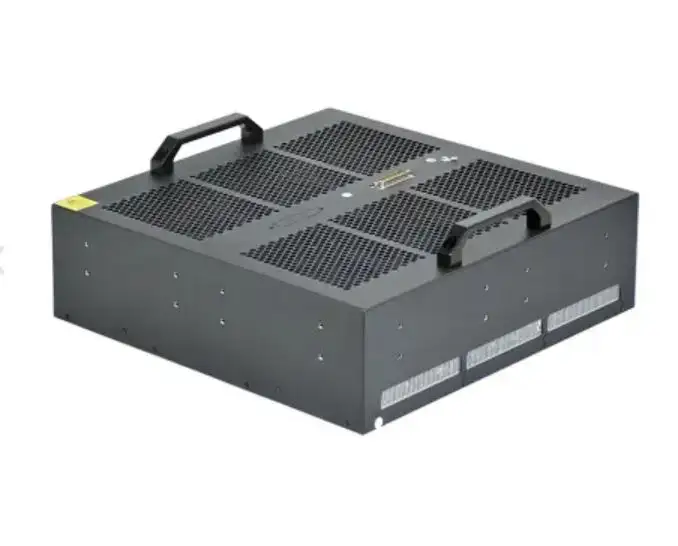What is UV LED Area Curing? A Complete Guide for 2025
Overview of UV LED Area Curing
What is UV LED area curing? UV LED curing technology replaces the traditional UV curing method, which uses mercury lamps. UV LED curing is preferred for flat or large components needing broad surface curing since it has no mercury, uses less energy, and generates less heat.
How Does UV LED Area Curing Work?
Area UV LED curing is based on photopolymerization. A photochemical reaction can be initiated using certain materials, like UV-curable resins and adhesives, which are photoinitiators. It allows a rapid transition from liquid to solid. Some of the basic elements of such systems have been presented in a simplified manner below:
• A photoinitiated UV LED module or lamp,
• Power Controlled LED Drivers,
• Optical systems for uniform light distribution,
• Air or water-cooled systems.
Most systems operate at 365nm or 395nm UV LEDs, so wavelength (nm) is crucial.
• Absorption is improved with shorter wavelengths.
• Further out on the spectrum may lead to quicker curing times.
The following metrics are important to focus on:
• Irradiance: Power output of the UV light measured in mW/cm².
• UV Dose: Energy measured over time for a specific duration (mJ/cm²).
• Curing speed: Time required to cure a surface.
Advantages of UV LED Curing Equipment
Fan Cooling – Prevents the system from overheating, ensuring the system can operate for prolonged periods of time without interruption.
Simple Remote Control – To increase ease of use, no extensive training is required because the system is intuitive.
Installation Flexibility – Fixed equipment can be mounted or integrated into automated production processes, providing maximum adaptability.
The Special Features of This System
This system has an easy-to-operate UV LED and has controls that ensure accuracy, repeatability, and reliability. These systems are compact and have efficient cooling, which makes them adaptable for many different curing applications.
Used In Different Industries – The equipment is used in SMT electronics, medical device assembly, optical engineering, and other advanced manufacturing industries.
Medium Radiation Areas - The size range of parts is 150mm by 50mm and covers small to medium-sized components, fully cured.
Four Distinct Wavelengths - From your UV curable materials, pick any of the absorbing wavelengths 365nm, 385nm, 395nm, and 405nm.

Benefits of UV LED Area Curing
These benefits explain the rising popularity of UV LED area curing:
Energy Efficiency
- Better return on investment because of cost savings
- Tried and tested, lower power consumption than mercury systems
Low Heat Output
- No warping or structural damage
- Protection for heat-sensitive materials like wood and plastic
Instant On/Off
- Improved efficiency in production due to instant activation
- No warm-up time needed
Long Lifespan
Operational and maintenance downtime is lower due to longer lifespans of UV LEDs, which have 10,000 to 20,000 hours of usage.
Environmentally Friendly
- No VOCs (Volatile Organic Compounds)
- No Mercury or ozone
Consistent and Precise
- Greater process control improves repeat accuracy.
- Controlled light distribution enhances reliability.
Compact Design
- Systems are lighter and smaller than mercury-based systems.
Areas of Efficiency in UV LED Area Curing
The following components are critical to efficiency:
Wavelengths
- Common: 365nm, 385nm, 395nm, 405nm
- Must align with the absorption peak for photoinitiators in your material
Irradiance & UV Dose
- Faster curing can be achieved with higher irradiance
- Complete polymerization requires sufficient UV dosing
Cooling Systems
- Large area systems benefit from the improved heat management of water-cooled UV LED modules.
Visit our site for more information and to access our water-cooled UV LED modules.
Drivers of LEDs and Optical Engineering
• Balance efficiency for power and current consumption alongside light emission.
• Advanced optics provide uniform and advanced-level hot spot-free coverage.
What are the Benefits of UV LED Area Curing Over Conventional UV Systems?
With the advent of UV-led area curing systems, conventional aging mercury lamp UV systems can now be put aside as UV-led area curing systems have better performance, sustainability, and cost-effectiveness.
Lightning Fast Startup
While mercury lamps take their time to come up to full power, UV LED systems turn on instantly, sharpening production cycles as less waiting time is needed.
Lower Energy Consumption
Operating costs are now reduced due to the energy-saving LEDs, making green manufacturing practices possible to implement.
Minimal Thermal Output
Unlike mercury systems, UV LED curing systems do not pose a danger of excess heat damage, making them ideal for heat-sensitive substrates such as plastic and wood.
Extended Lifespan
UV LEDs significantly outlast other UV lamps with a lifespan of 10,000 hours, reducing the need for replacements and maintenance.
Eco-Friendly
UV-led systems, as with other modern technologies, do not use mercury or emit ozone, making them safer for Work safety and the environment.
Streamlined & Requires Less Attention
Operations that make use of UV LED systems will find their smaller footprint advantageous, as well as their low maintenance needs, making both integration and operation easier.
Cost Considerations
There will always be new areas for UV LED systems, and those that integrate them will have higher upfront costs. These are offset by:
• Lower energy costs
• Little to no maintenance
• Increase in system lifetime
Struggling to find the right system? Read our guide on choosing the right UV LED module for curing.
Further Developments in UV LED Area Curing
• LED Efficiency: Increased acceptance of curing speed and irradiance.
• Control Systems: Integrated automated processes.
• Optics: Specialized for specific applications.
• Production: Adoption and implementation of green manufacturing initiatives.
Conclusion
What is UV LED area curing? It is an advanced method used for issuing light coming from LEDs, cleaning, and coating large areas quickly and efficiently. Many industries have started incorporating the curing processes, including the printing and electronics industries. This technology provides flexibility and speed, whether you are curing adhesives on complex small parts or UV printing at high speeds. Are you interested in the advantages of UV LED curing? Go to the homepage of UVET and browse our collection of UV LED curing systems.






